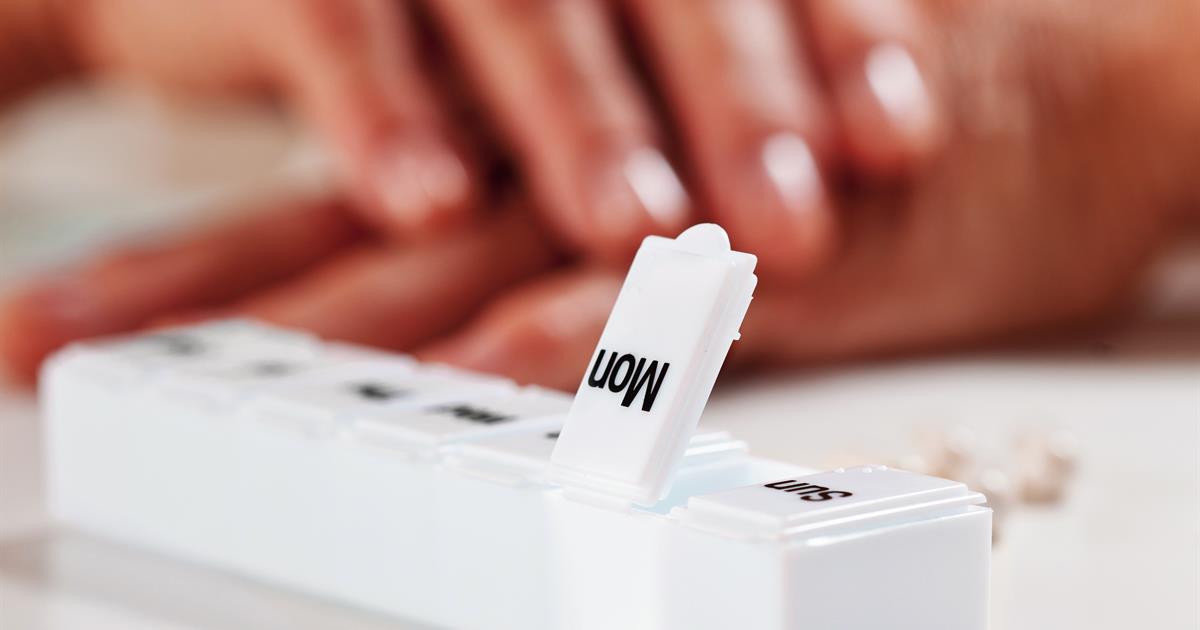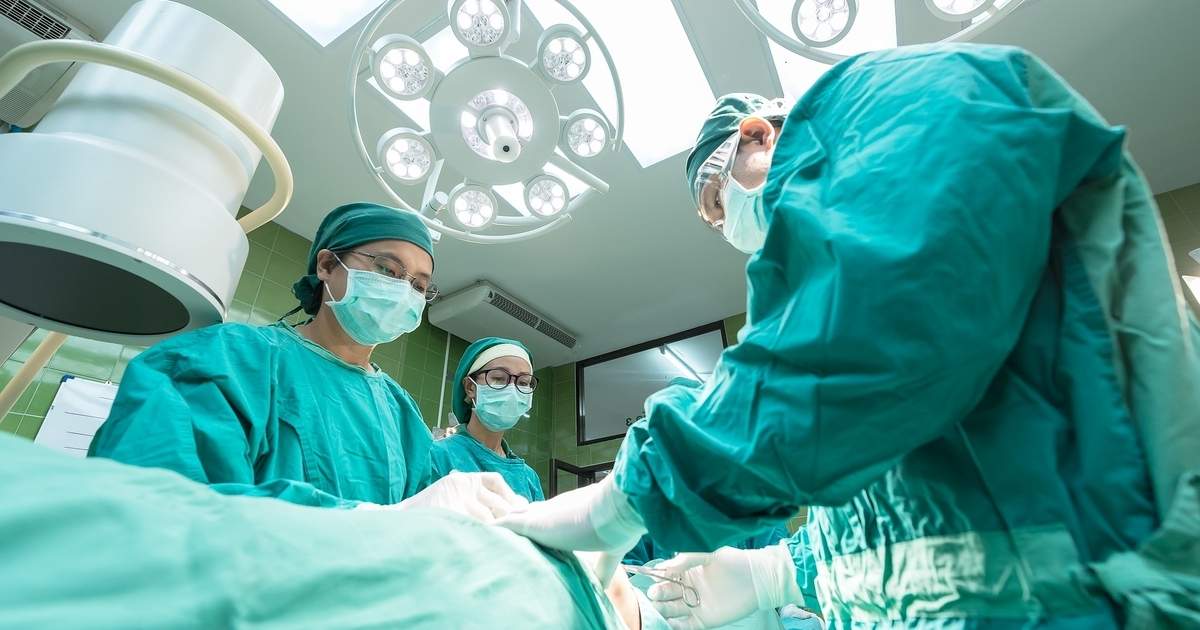Ways To Treat Popliteal Vein Thrombosis
Popliteal vein thrombosis is a silent condition that might occur without the patient's knowledge. It is a condition defined by the formation of a clot also known as a thrombus in the popliteal vein. The popliteal vein is a major vein in the lower body that empties blood from the legs and carries it to the heart. The vein is located behind the knee, and it is found deep into the skin. Popliteal vein thrombosis is a form of deep vein thrombosis since it occurs deep into the leg tissue.
Formation of a clot inside the popliteal vein can occur autonomously, or it can result from trauma, illness, lack of exercises or when you take certain medications. The clot can remain inside the popliteal vein, or it can also break loose from the vein where it progresses to the heart and then to the lungs. If the lump makes its way to the lungs, it can result to host of circulatory and respiratory complications, which can be deadly.
Get Moving And Active

Most of the deep vein thrombosis including popliteal vein thrombosis occurs when there is damage to the vein or when an individual leads an inactive life. The best way to prevent and recover from popliteal vein thrombosis is to get moving and active. When patients keep their legs still for long periods, the blood flow in the legs becomes sluggish. There is a tendency of blood to pool behind the valves leading to the formation of a clot.
The individuals with the highest risk of popliteal vein thrombosis are those who have been bedridden for long periods, especially after knee or hip replacement surgery. Experts recommend adults should walk for at least ninety minutes every day. If individuals sit for extended periods, they should ensure they take periodic breaks to stretch their legs. Also, moving around after a surgical operation can help prevent popliteal vein thrombosis. However, patients will need to follow their physician’s advice to avoid injuries after the operation.
Medications

Popliteal vein thrombosis is a serious condition, but it can be prevented if diagnosed and treated in time. When patients get proper treatment, the condition will eventually vanish with no long-term consequences. Mostly, the first treatment for popliteal vein thrombosis will be anticoagulant therapy. Anticoagulants, also known as blood thinners, refer to medications that prevent clotting. Heparin and warfarin are the first two anticoagulants approved for treating thrombosis, though newer anticoagulants such as apixaban, rivaroxaban, and dabigatran have also been approved. A combination of anticoagulants and the natural body’s mechanism will eventually cause the clot to dissolve. Prolonged use of certain medicines such as acetylsalicylic acid can help prevent the occurrence of clots in the future.
It is wise to note blood thinners are used to prevent an existing clot from becoming bigger, but they do not dissolve blood clots that have already formed. Blood thinners can either be taken as a pill or an injection under the skin. Anticoagulant therapy usually lasts for six months, and it carries various side effects. The most common side effect of using blood thinners is excessive bleeding. It occurs when the anticoagulants cause excessive thinning of the blood. If a patient is on blood thinners, it is wise for them to have regular blood tests to measure their blood’s clotting ability. The tests will help their doctor to change the dosage for the anticoagulants if need be.
Surgery

As highlighted earlier, the primary treatment option for popliteal vein thrombosis is anticoagulant therapy. But, remember not everyone can be put on anticoagulants. For instance, if a patient had a major operation or cases of active bleeding, their doctor may recommend the use of a mechanical filter instead of blood thinners. The mechanical filters are used to remove the clots from the blood before they move to the heart and lungs.
In some instances, the blood clot is too large such that it prevents adequate flow of oxygen and nutrients to the leg tissue. Under such circumstances, doctors may recommend surgery to remove the blood clot. However, surgical intervention is considered as the last resort where other treatment options have failed or cannot be administered. Just like other treatment options, surgical treatment for popliteal vein thrombosis also carries some risks. Whereas it removes clots in the veins, surgical treatment does not prevent blood clots from forming again. Talking to a doctor can help patients find a lasting solution to this problem.
Compression Socks

Compression socks are a common fashion statement for many individuals, including nurses, flight attendants, and pilots. They are also common among runners and pregnant women. These socks are made of different materials, and they also come at different prices. Besides their popularity in non-medical uses, compression socks can provide numerous benefits, especially to individuals at risk of blood clots and patients recovering from a major operation. But how do compression socks work?
Normally, deoxygenated blood from the legs flows against gravity to the heart where it is then pumped to the lungs for oxygenation — anything that hinders the free flow of blood in the veins — such as a clot results in pooling of blood behind the valves. It then results to the swelling of the lower feet, leg fatigue, or even a venous clot. Compression socks aid in the movement of blood to the heart by squeezing the walls of the veins. Furthermore, the squeezing also promotes the flow of lymph fluid that bathes the leg tissues. Compression socks can be beneficial when they are worn smoothly against the leg. Any folds on the socks can result in other complications.
Quit Smoking

Smoking interferes with a lot of processes in the body, and blood circulation isn’t an exception. Cigarette smoke contains more than five thousand chemical components, and hundreds of them are extremely harmful to health. Smoking can damage the wall of blood vessels, thus triggering the formation of blood clots. Therefore, one of the solid ways to prevent blood clots is to quit smoking. However, stopping the smoking habit is easier said than done. If someone wants to quit smoking, they can seek professional help for specific advice.
Individuals approach the smoking habit in different ways, so it is essential for them to choose an approach that will work best for their life. Where some individuals chose to stop smoking at once, called 'cold turkey,' others find it more comfortable to quit the habit gradually. Also, some individuals will stop smoking on their own while others will need professional help or help from friends and support groups.
